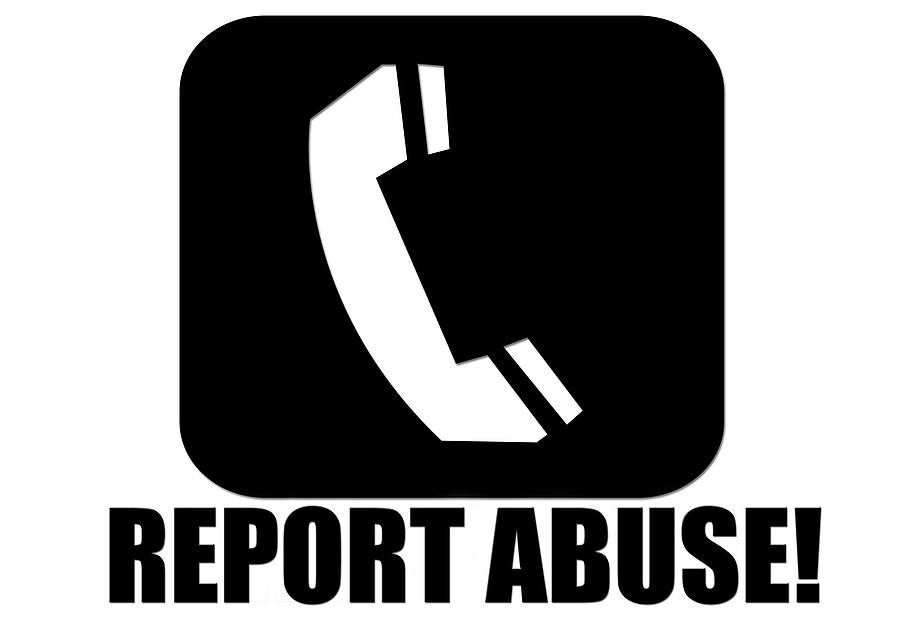Fewer Calls to Child Abuse Hotlines during COVID = More Child Abuse? NO! Just the Opposite…


The abuse of child abuse hotlines
By Attorney Diane Redleaf and Lenore Skenazy
New York Daily News
Excerpts:
Calls to America’s child abuse hotlines have plunged by about 50% during the pandemic. Does this mean a tsunami of child abuse is happening behind doors?
No. It means that — hallelujah! — a tsunami of pointless, paranoid child abuse calls are no longer getting made. And that means millions of decent, loving families — a huge portion of them poor — are no longer opening the door to find a government official declaring, “I’m here to decide if you get to keep your kids.”
Over the past 40 years, more and more people have been calling the child abuse hotlines not because there’s so much child abuse going on, but because they’ve been conditioned to report almost anything — a kid with a scrape, a kid walking the dog — as possible abuse or neglect. “Better safe than sorry.”
But how safe? How sorry? According to one estimate, more than half of all African-American children — 53% — will be visited by Child Protective Services at some point in their childhood.
That’s compared to 37% of all children, which is already outrageous. All told, 7.8 million kids get reported to child protective services each year. And that is literally 7 million kids too many.
The mind-bogglingly vast majority of calls turn out not to be cases of abuse or neglect at all. That’s great news, of course — unless a call allowed some official to enter your home, open your cabinets, and strip-search your kids, looking for evidence of starvation, drugs or abuse.
Read the full article at the New York Daily News
Is Every Foster Care Removal Really an Emergency?
by Attorney Vivek Sankaran
The Chronicle of Social Change
Excerpts:
Let’s say that my neighbor is upset because he believes I encroached on his property by building a fence on it. So he sneaks into court – without my knowledge – and obtains a court order from a judge requiring me to immediately remove the fence.
I never had a chance to present my facts, or to challenge his. I never had the opportunity to present my arguments before the court made its decision.
Would any of us consider this a fair process? Of course not. But this is the one-sided legal process through which the child welfare system routinely tears families apart.
Juvenile courts in America routinely grant requests to separate children from their parents without ever giving anyone other than the child protective services (CPS) investigator an opportunity to present evidence.
Over nearly two decades of representing children in the foster care system, I can only recount a handful of times – maybe five or fewer – in which my clients had not already been removed prior to the first court hearing. Most had been taken away as a result of an ex parte court order, which is issued by a court relying only on information from the CPS investigator. In other words, the court immediately granted the request for removal without giving any other party the opportunity to rebut the information presented by the investigator.
The prevalence of this practice would make sense if every removal truly reflected an emergency. If immediate court action was necessary to protect a child from substantial harm, none of us would balk at the court’s decision to act right away. Despite the different hats we each wear within the child welfare system, I’ve never encountered anyone who didn’t want children to be safe.
But data strongly demonstrates that not every removal results from such immediate safety concerns. Nationally, of the 200,000 or so children removed into foster care each year by child welfare agencies, 17,000 return home within 10 days.
The fact that systems are willing to reunify children so quickly suggests that these cases did not involve the serious and immediate safety concerns necessitating immediate removal. This is unsurprising given the fact that more than 60% of child welfare cases involve neglect, an amorphous and ill-defined category susceptible to considerable disagreement amongst professionals and heavily influenced by a family’s poverty.
Read the full article at The Chronicle of Social Change
Original source: https://medicalkidnap.com/2020/07/08/fewer-calls-to-child-abuse-hotlines-during-covid-more-child-abuse-no-just-the-opposite/







